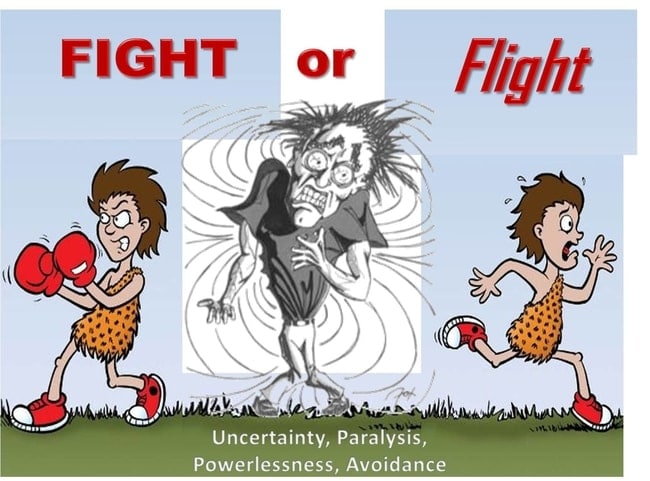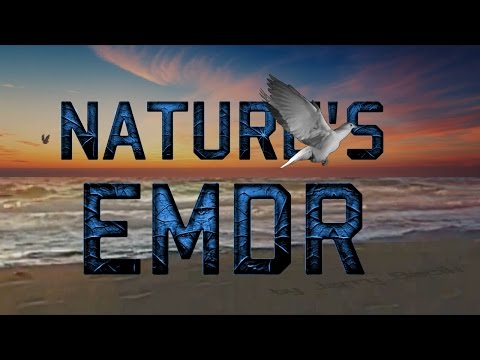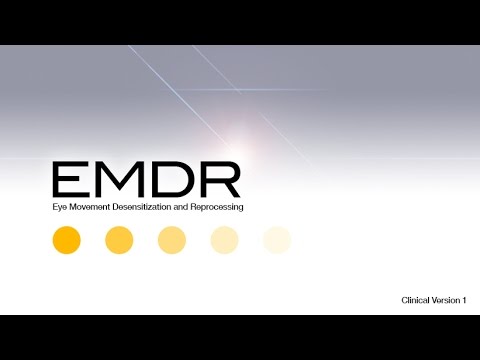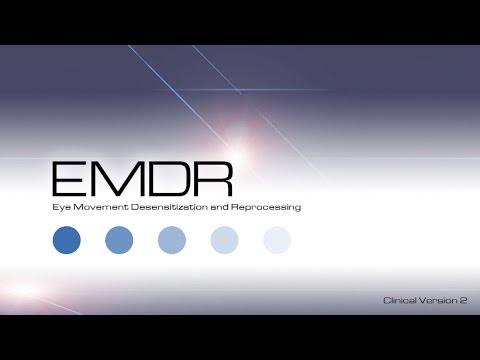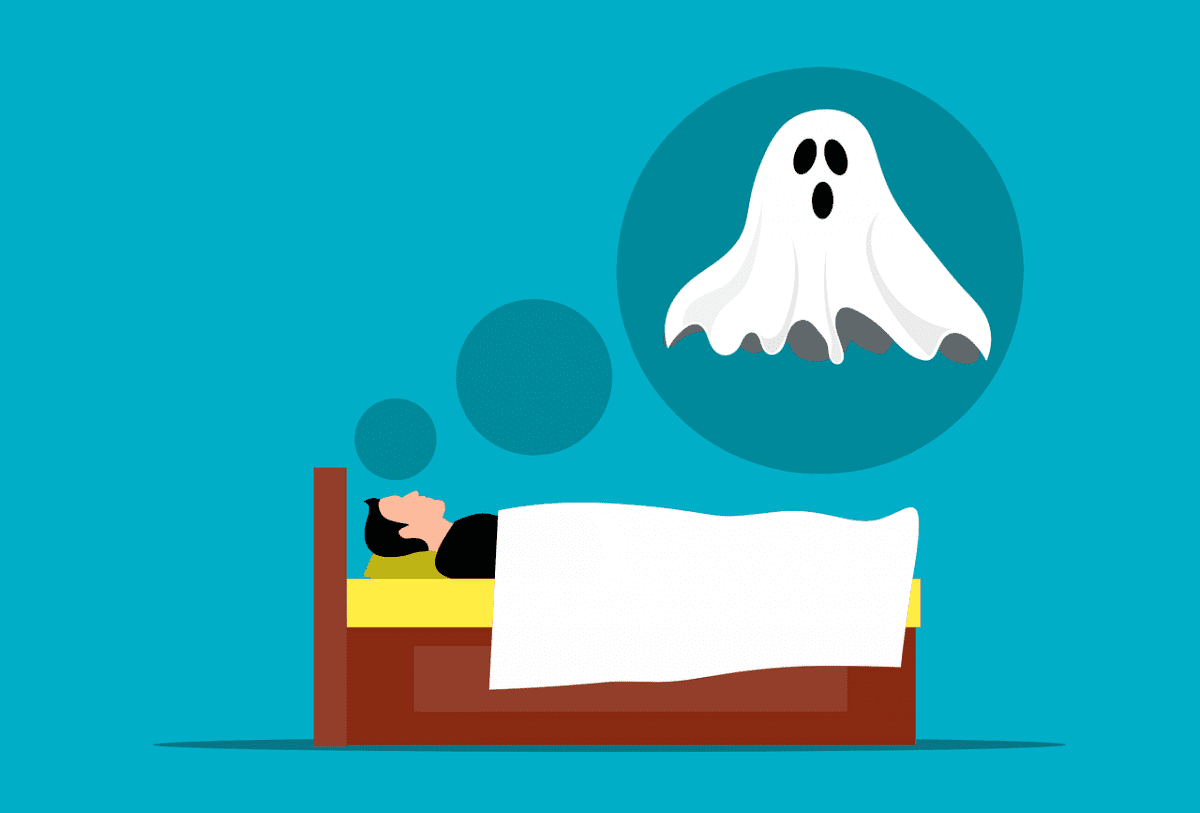The fight-flight response is something we are all aware of and were taught about in school. It can be very distressing to experience and take us away from the present moment, but what ways are there to actually treat the fight or flight response?
There are lots of different suggestions of how to treat the fight-flight response, but from what we can tell the most powerful and effective way of treating it is through using some form of bilateral stimulation to allow the mind/brain to process or “digest” the physiological aspect of the response.
This involves providing some kind of external visual or audio stimulation for the mind the focus on, which essentially distracts it into losing focus on the internal distressing state, thereby lessening it’s intensity and hold over the person. This has proven to be a very effective way of resolving the fight-flight and other anxious responses.
Whilst we do not doubt that other self help methods, like meditation, yoga and guided visualizations can certainly help address the fight-flight response, the bilateral stimulation method often used within EMDR has proven to be very powerful, effective and fast acting at resolving internal states of distress more than any other method that we are aware of.
The Fight or Flight Response in Brief
The fight-flight response is pretty well understood by most of us in general terms. It is seen as almost a natural evolutionary response that the human species has developed over time to save us from external environmental threats.
We all know the typical fight-flight physiological reactions which can be triggered when we perceive a real or imagined threat – heightened internal state of arousal, faster heartbeat, sweating palms, changes in breathing, dry mouth and so on. These are the body’s evolutionary way of telling you “There’s a threat, get ready to fight or run”, hence the name of the response.
In historic times this response was more to ward off physical external threats – cavemen running away from tigers is the classic example. Nowadays though the fight-flight response can arise in response to psychological threats as well – anger, confrontation, trauma in general. Here are some examples of what can generate fight-flight:
- Distressing life events, especially nasty confrontations or arguments
- Exposure to literal physical danger, like near misses with accidents or some kind of physical threat or danger.
- Certain forms of anxiety like social anxiety or phobias can also trigger the fight-flight response.
- Toxic relationships – when dealing with severely disordered people like borderlines and psychopaths, they often make their problems our problems and we can get the “fight-flight” reaction whenever the phone goes – a “what’s the drama/problem/issue now?” kind of mindset that can leave you constantly on high alert.
- Panic attacks
- Ruminating over past events and injustices can also put us back in the state we felt at the time and rekindle the same physiological fight-flight responses.
- Bumping into or seeing someone who is somehow significant to us in a negative way – former bullies at school, or attackers etc.
- A constant underlying level of stress and anxiety in our lives, whether from work, family, relationship pressures or anything else.
The classic fight-flight response can empower us with surges of adrenaline and other hormones to help us take avoiding action, but it can also be paralyzing and take us out of the present moment. We feel preoccupied and distracted, unable to focus on anything or be truly present with the people around us. How do we resolve this internal state of distress that can accompany fight-flight?
The Limitations of Standard Advice
From personal experiences I can attest that the standard advice that often pops up on this in Google searches and forums is sometimes shallow, inadequate, millimeter deep advice that’s not really going to move the bar on this. It usually resorts to cliched tips like “know you are safe”, “spend time with friends and family” and so on.
There are sometimes some valid bits of advice thrown in there , like triggering a well practiced relaxation relaxation response and using yoga and mindfulness, but even these responses can prove ineffective in the more extreme cases of anxiety or other states of deep physiological arousal.
Anyone who suffers from the more extreme forms of this fight or flight or anxious response knows that just being advised to do something like calm down, deep breaths, be around friends, try to laugh and have fun etc. is not always useful when you are stuck in the worst forms of this response.
Similarly, even seemingly good standard practices for dealing with fight-flight like breathing and meditation can themselves be ineffective in the worst cases. With more extreme anxiety and fight-flight response, it is very difficult to focus on anything, as the person is constantly restless as their mind wanders and races and their body is on high alert psychosomatically.
In these cases standard mindfulness and breathing exercises can sometimes simply not be powerful enough, with the person too anxious and unsettled to really be able to implement them to any extent.
You need something more powerful to dissolve these deeply distressing internal states, which is where the bilateral stimulation approach prevalent in EMDR can be a more powerful and effective way to dissolve these distressing internal states.
The Amygdala is the primitive part of the brain concerned with danger that is activated when we feel the fight or flight response
Using Bilateral Stimulation to Treat The Fight or Flight Response
A great approach to treating any presently held distressing psychological state, including the anxious fight-flight response, is to use the methodology implemented in the Eye Movement Desensitization and Reprocessing or EMDR process, whereby bilateral stimulation is used to stimulate the mind/brain into processing and digesting distressing internal states to resolution.
Bilateral stimulation is defined as some kind of visual or audio stimulation which causes the left and right hemispheres of the brain to activate in an alternating pattern. In EMDR therapy, this most often involves the person following the therapist’s hand backwards and forwards with their eyes, whilst also focusing on an internal distressing state. Alternating audio stimulation can also be used, or even both together.
Combining this external stimulation with an presently help psychosomatic state of arousal – such as anxiety or fight-flight – creates a dual focus of attention which has been shown the effectively stimulate the mind into processing the internal state to resolution. It is as though the external bilateral stimulation provides a distraction to the mind/brain which stops it focusing solely on the internal fight-flight state and allows it to let it go.
It can take us out of that horrible preoccupied, distressed state which so often accompanies anxiety or fight-flight and allow us to see the situation in a more clear and detached way instead of being caught up in constant worry, rumination, and exaggerating the threat or severity of certain situations.
This approach has been shown to be remarkably effective in resolving trauma, anxiety and anything else which involves some kind of fight-flight response as a side effect. It is normally done within the confines of an EMDR session with a therapist, but bilateral stimulation can also be self administered.
Here is an example of a bilateral stimulation video that can be used to self administer, plus some other ones embedded beneath. The idea would be to follow the dot on screen whilst also focusing on an internal state of distress or arousal like fight-flight. This dual focus of attention is what distracts the mind into “blurring” the intensity of the distressing internal state, lessening it’s power and emotional charge.
Here are some more self adminstered EMDR videos on Youtube, which all follow the same kind of principle of providing something for you to follow on screen whilst focusing on an internal state. Click on each one to pop up the video.
Most importantly, this approach is not a shallow or surface approach but is a powerful and proven methodology that can effectively resolve most cases of anxiety of fight-flight response. Moreover, when done correctly it does not just resolve it on that occasion but roots that particular response out permanently. It is a resolution tool, not a management tool.
This is exactly the crucial benefit that so many patients who successfully undergo the EMDR process report. Anxious or other psychosomatic fight-flight reponses are completely rooted out and dissolved, and not just managed or lessened, using the bilateral stimulation method.
As a side note, when self administering it can also prove even more effective to combine audio and visual bilateral stimulation, using a video but also listening to an audio bilateral stimulation recording with a pair of headphones. This Bilateral Stimulation Nature Sounds Recording from Dr James Alexander’s own site has proven very effective in combination with a video in my own experience.
Mindfulness and Guided Visualiazation as an Additional Resource
Mindfulness can also be another long term strategy to calm the mind and therefore any internal states of distress like anxiety of fight-flight which can come up in daily life.
Mindfulness meditation in it’s most basic form simply involves focusing on a central object – often the breath moving in and out of the body – and noticing whenever the mind wanders, bringing it back to this anchor point.
Repeated practice of this over a long period of time can instill great states of calm in a person, training them to remain more present in the moment and noticing whenever the mind wanders off into rumination and anxiety, as it so often can.
This can definitely help people be more resistant to the ups and downs and stresses of everyday life, to the point they are less affected by, and recover more quickly from, distressing internal states like the fight-flight response. It provides a basis of calmness and equanimity. See the video below for an excellent introduction to the topic of mindfulness by Dr Mark Williams.
See also our Mindfulness Resources page for some excellent introductory books on the subject, as well as some introductory meditations to get started with.
The crucial benefit mindfulness can offer here is that prolonged practice can help to calm down the amygdala – the old part of the brain that is concerned with external dangers and threats.
As Professor Williams goes into in the video above, people who are prone to anxiety, stress and fight-flight reactions are often found to have chronically overactive amygdalas that appear stuck in the “on” position. Their entire body and brain seem constantly geared towards warding off some kind of threat, even when there isn’t one.
Over a prolonged period of time, mindfulness meditation practice can help to calm down the person’s amygdala to a more normal level, reducing this state of perpetual “on edge” arousal, benefiting the person’s physical and mental health in the process.
From personal experience though, I can attest that even having a strong basis of mindfulness from daily meditation practice can still not be enough and even these states of calm can be overwhelmed by more severe anxious and fight-flight responses to unpleasant life events.
Aside from checking into a monastery and practicing several hours of meditation daily – which in all honesty most people don’t have the time or freedom or money to do – even daily meditation practice can still not be enough to truly ward off more extremes cases of anxiety or fight-flight response.
This is why we wanted to emphasize so much in this article the EMDR/bilateral stimulation approach, since it simply appears to be the most powerful and effective way of resolving these internal distressing states, to the point it has actually been described as “mindfulness on steroids” by some researchers.
Put simply, it gets the job done in resolving fight-flight more quickly, effectively and thoroughly than other methods, including mindfulness.
Additional Tips and Advice
Once you have a truly powerful method in place to effectively treat the fight or flight response, then of course it is very handy to supplement this method with other more cliched, standard practices and advice.
We merely sought to point out in this article that the standard advice often given in these scenarios is not really powerful enough to really properly address the more severe cases of the fight or flight response. The bilateral stimulation method has proven far more effective at thoroughly dissolving the fight-flight response when it is triggered in people.
Once people have seen the benefits of using this method over other methods – how powerful, effective and fast acting it can be – they will know what we mean. It is of course a good idea to add the other standard self help techniques to this as complimentary steps, but by themselves they will often struggle to really move the bar on fight-flight without something more powerful like the bilateral stimulation method.
Here are some additional things that can help:
- Exercise can help in some cases to take one’s mind off a state of anxiety or fight-flight response.
- Using mindfulness meditation can be an excellent longer term strategy to complement the bilateral stimulation method. Having a strong basis of mindfulness or equanimity can help to handle the stresses of life better and retain a state of inner calm
- Adopting the related practice of guided visualizations or relaxation excercises can also help to generate a state of calm. This can be seen as a variant of mindfulness in a way.
- Yoga can also help to reconnect the mind and body more effectively. Again it can be seen to be related to mindfuless but involves the use of the body more in certain poses to bring the mind back into the present.
- Having support systems in place like trusted family and friends can of course also help, as a supplement to the more powerful methods me mentioned.
See also:


